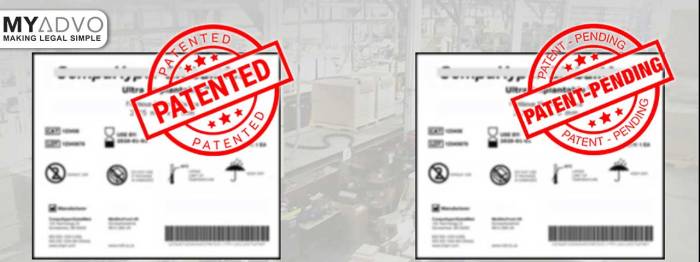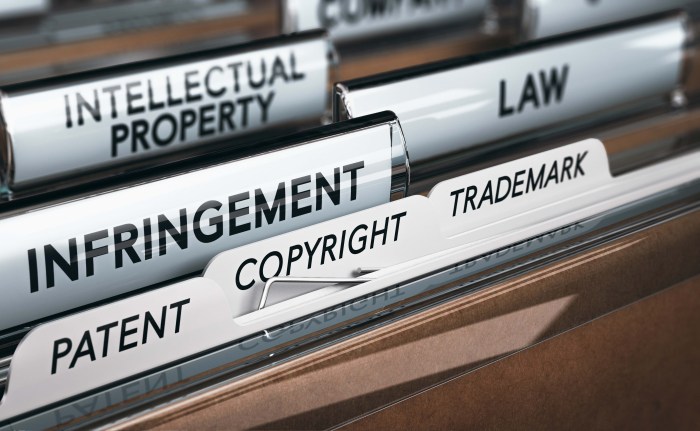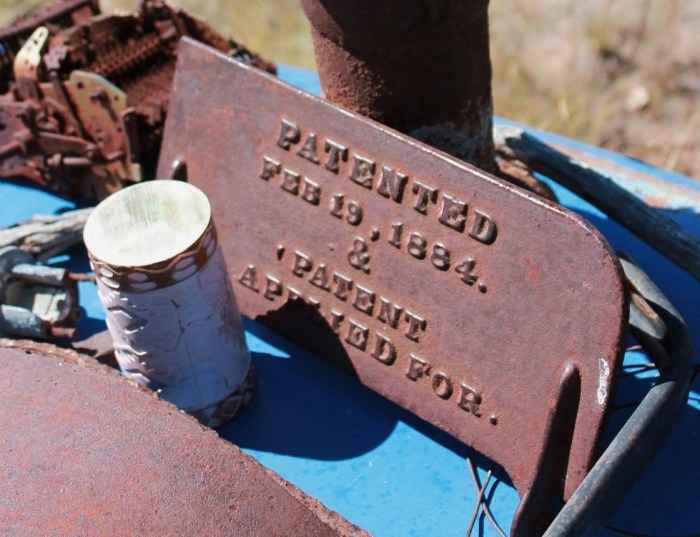A patent protects product names and identifying marks. – A patent protects product names and identifying marks, offering businesses exclusive rights and fostering innovation. This comprehensive guide explores the scope of patent protection, distinguishing it from trademarks, and providing best practices for securing intellectual property.
Patents safeguard product names, preventing competitors from using identical or confusingly similar names. They also protect identifying marks, such as logos, symbols, and packaging designs, which serve as unique identifiers for goods and services.
Patent Protection for Product Names

Patents offer protection for product names, providing exclusive rights to use and prevent others from using the protected name. This protection is vital for businesses to establish and maintain a unique identity for their products.
Examples of patent protection for product names include the iconic “Coca-Cola” and “Nike” trademarks. These patents grant the respective companies exclusive rights to use and prevent others from using the names for commercial purposes.
Limitations of patent protection for product names include the requirement for distinctiveness and non-descriptiveness. Names that are generic or descriptive of the product’s function cannot be patented.
Patent Protection for Identifying Marks
Identifying marks, such as logos, symbols, and designs, are also eligible for patent protection. These marks help businesses distinguish their products from competitors and create brand recognition.
Examples of identifying marks that have been patented include the “Apple” logo and the “Nike Swoosh.” These patents grant the respective companies exclusive rights to use and prevent others from using the marks in commerce.
To obtain a patent for an identifying mark, the mark must be distinctive, non-functional, and not primarily ornamental.
Distinguishing Patents from Trademarks
Patents and trademarks are both forms of intellectual property protection, but they differ in their scope and duration of protection.
Patents provide protection for inventions, including product names and identifying marks, for a period of 20 years. Trademarks, on the other hand, protect distinctive marks used in commerce for an indefinite period, provided they are renewed every 10 years.
The main advantage of patents is that they offer broader protection than trademarks, as they prevent others from using the protected name or mark for any purpose. Trademarks, on the other hand, only prevent others from using the protected mark for similar goods or services.
Case Studies and Examples

Case studies of successful patent applications for product names and identifying marks demonstrate the importance of thorough research and strategic filing.
One example is the patent granted to the company behind the “Post-it” note. The patent protected the unique shape and color of the note, giving the company a competitive advantage in the market.
Another example is the patent granted to the creator of the “LEGO” brick. The patent protected the interlocking design of the brick, enabling the company to maintain its dominance in the toy industry.
Best Practices for Patent Protection

Effective patent protection for product names and identifying marks requires careful planning and execution.
Best practices include conducting thorough patent searches to identify potential conflicts, working with experienced patent attorneys to ensure a strong patent application, and maintaining a watch for infringement to enforce the patent rights.
By following these best practices, businesses can maximize the protection afforded by patents and safeguard their valuable intellectual property.
Detailed FAQs: A Patent Protects Product Names And Identifying Marks.
What is the difference between a patent and a trademark?
Patents protect inventions and discoveries, while trademarks protect distinctive signs used to identify goods and services.
How long does a patent last?
In the United States, patents typically last for 20 years from the date of filing.
Can I patent a product name?
Yes, product names can be patented if they are distinctive and non-descriptive.